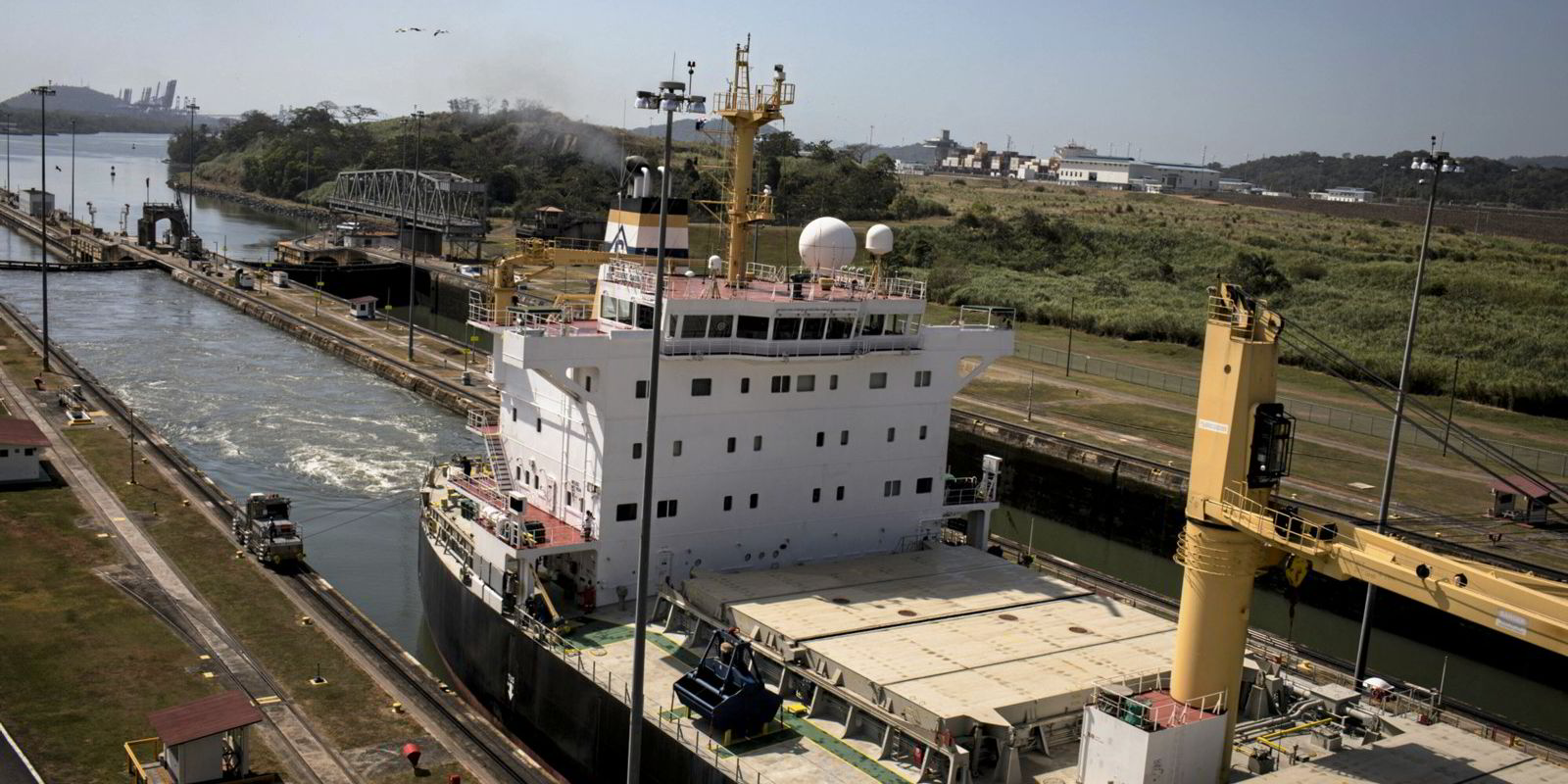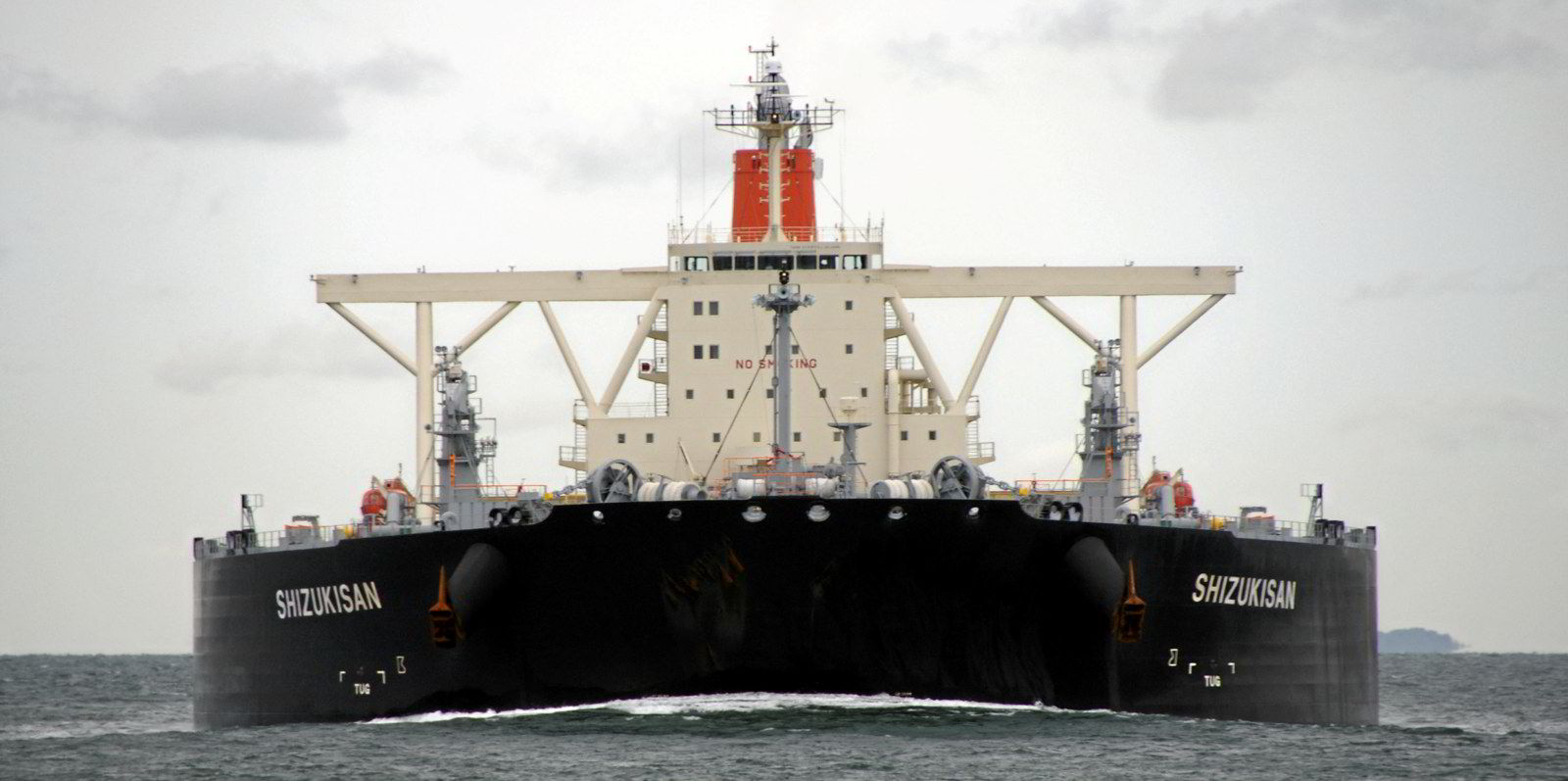Changing trade patterns influenced by Panama’s drought and the Red Sea conflict are set to buoy smaller bulkers in sub-panamax size ranges, according to bullish market observers.
This forecast comes after a lacklustre 2023 for handysizes and ultramaxes amid China’s persisting economic challenges, and ahead of a surge in newbuilding deliveries set to enter the water in the upcoming months.
Moreover, compounded by a dearth of scrapping activities in the previous year, Italian shipbroker Banchero Costa forecasts a 4% increase in the sub-panamax fleet’s size for the current year.
So why are market observers so bullish?
Mitsui OSK Lines summed it up in a 2024 market outlook. The Japanese shipowner pointed its finger firmly at changing trade patterns caused by climate issues and geopolitics.
MOL noted that the sub-panamax market started to rebound towards the end of last year, coinciding with restrictions imposed on vessel traffic due to drought at the Panama Canal.
“The Panama Canal issue greatly contributed to the market recovery from November onwards,” MOL said.
“From July to November 2022, about 70% of cargo from the US Gulf to Asia was transported via the Panama Canal, but when looking at the results from July to November 2023, it has dropped to 19%.”
MOL highlighted that the US Gulf grain trade, predominantly a supramax trade, bore the brunt of the Panama Canal’s issues, which triggered a notable upswing in the Atlantic market and concurrently influenced the Pacific market.
Banchero Costa data shows that just 40 sub-panamax bulk carriers — all handysize or smaller — were sold for recycling last year, removing 1.64m dwt from the fleet.
But the deliveries of at least 203 ships, comprising of 93 ultramaxes, 16 supramaxes, 12 handymaxes, 72 large and 10 small handies totalling 10.62m dwt, resulted in a 3.1% increase year on year over 2022 in dwt terms, Banchero Costa noted.
Fast forward to 2024, deliveries are expected to increase to about 263 vessels totalling 13.83m dwt.
At the same time, Banchero Costa expects scrapping activity in 2024 will decline to about 38 vessels totalling 1.6m dwt, based on the age profile and recent trends.
Breaking this fleet down to subsectors, Banchero Costa predicts that the ultramax fleet will expand by 16.2% year on year in 2024, the supramax fleet by 0.4%, and the large handysize fleet by 0.9%.
In contrast, the handymax fleet is expected to shrink by 1.8% year on year, while the small handysize fleet will shrink by 0.2%.
The challenges facing the Panama Canal are expected to create disruptions for the next few months, particularly as Panama enters its dry season, projected to last until at least the end of May.
In addition, with the attacks on shipping in the Red Sea by Houthi rebels looking increasingly likely to escalate into full-scale conflict, diversions from the Suez Canal in favour of the Cape of Good Hope are further tightening sub-panamax capacity.
MOL indicated a belief that the Red Sea and Panama Canal disruptions will continue to affect markets in the long term.
“The normalisation and deepening of alternative route selection will increase tonne-miles, and the overlap with the grain season on the East Coast of South America is expected to contribute to the stability of the market at high levels,” the shipowner said.
The orderbook-to-trading ratio for the sub-panamax bulker range is now 10.4% in dwt terms.
Banchero Costa expects net fleet growth in this range to peak this year as newbuilding contracting activity slowed down somewhat during 2023 after quite a strong 2022.
The brokerage estimates net fleet growth will fall to 3.3% in 2025, based on the orderbook and expected slippage and scrapping.






